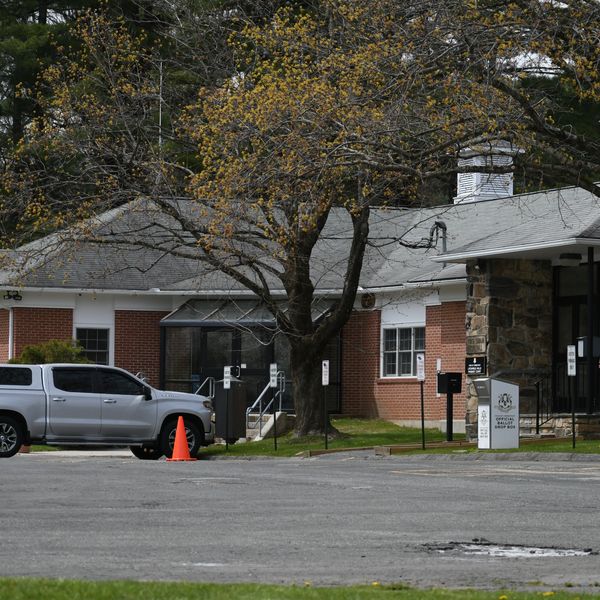Snakes in the Catskills: A primer
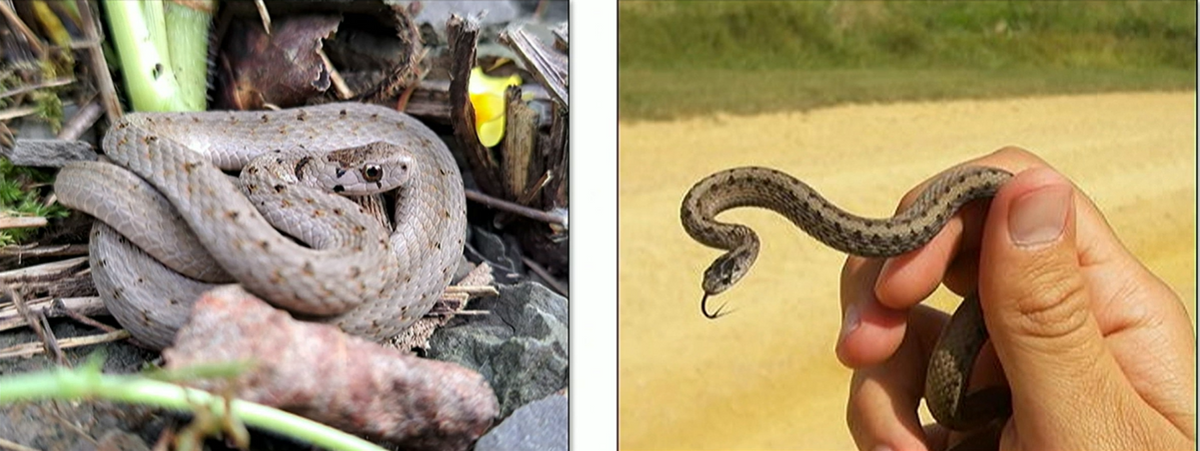
The Cary Institute of Ecosystem Studies in collaboration with the Catskill Science Collaborative, presented “Snakes in the Catskills: A Primer,” the latest in its lecture series, on June 5. Presenter John Vanek, is a zoologist at the New York Natural Heritage Program in Syracuse, NY. The snake above is a harmless Northern Brown Snake. They are known as a “gardener’s friend” because they eat snails, slugs, and worms.
John Vanek
 John Vanek, is a zoologist at the New York Natural Heritage Program.John Vanek
John Vanek, is a zoologist at the New York Natural Heritage Program.John Vanek
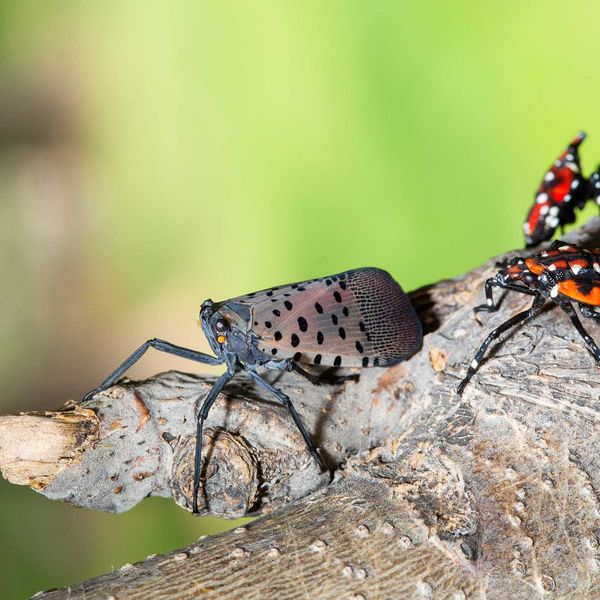


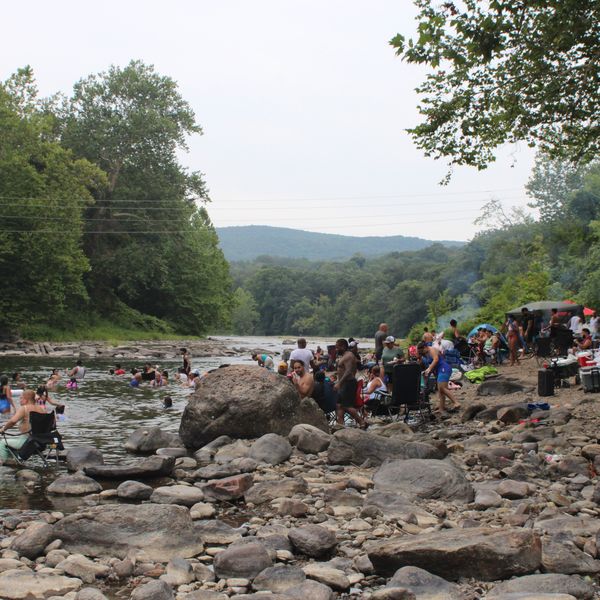


 Students at the assembly with Salisbury Winter Sports Association on Dec. 17By Riley Klein
Students at the assembly with Salisbury Winter Sports Association on Dec. 17By Riley Klein  Former U.S. Olympic ski jumping coach Larry Stone, of Salisbury, led the assembly Dec. 17.By Riley Klein
Former U.S. Olympic ski jumping coach Larry Stone, of Salisbury, led the assembly Dec. 17.By Riley Klein 

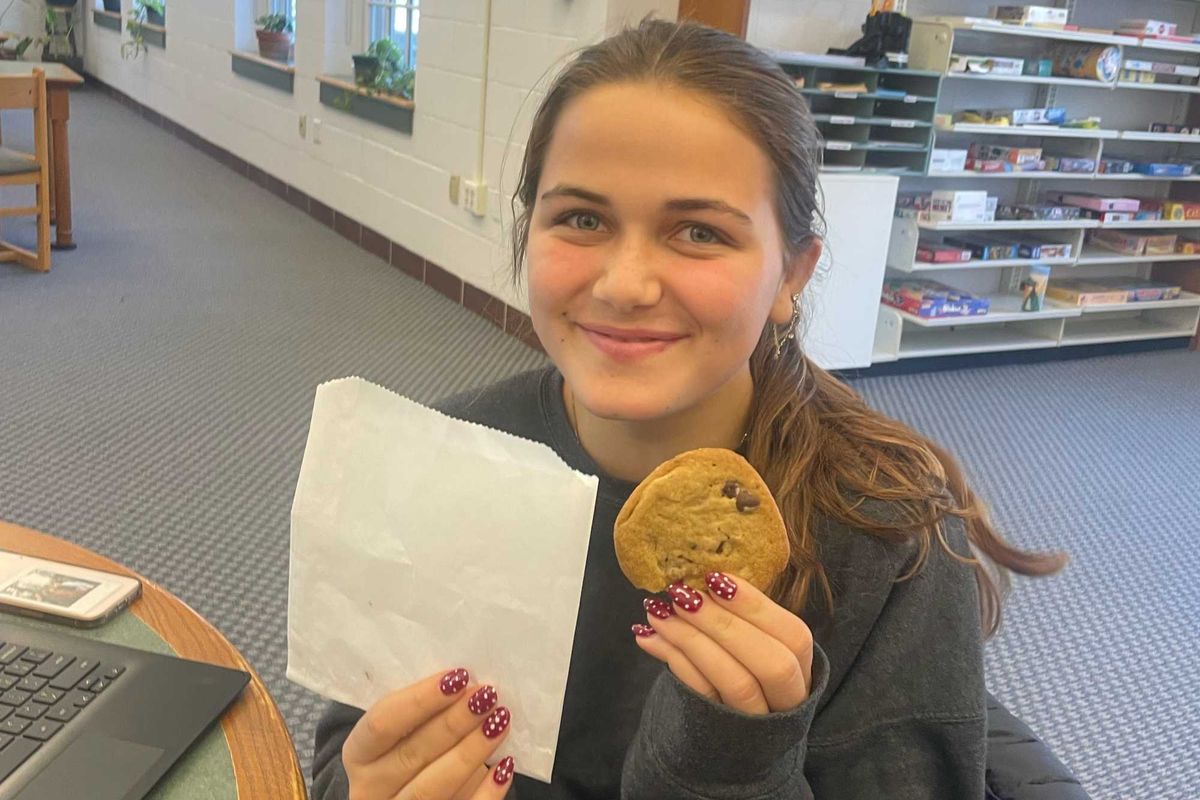
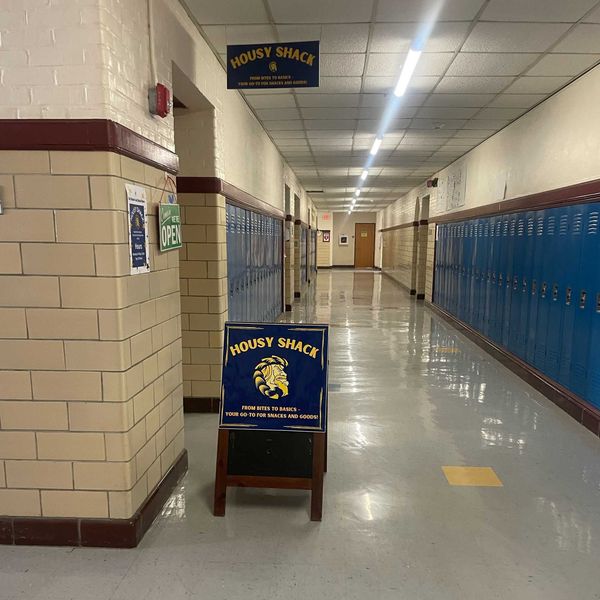 The Housy Shack open sign, welcoming customers in for cookies.Anna Gillette
The Housy Shack open sign, welcoming customers in for cookies.Anna Gillette 
